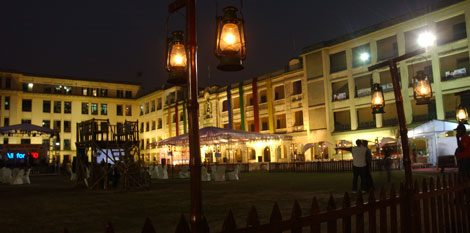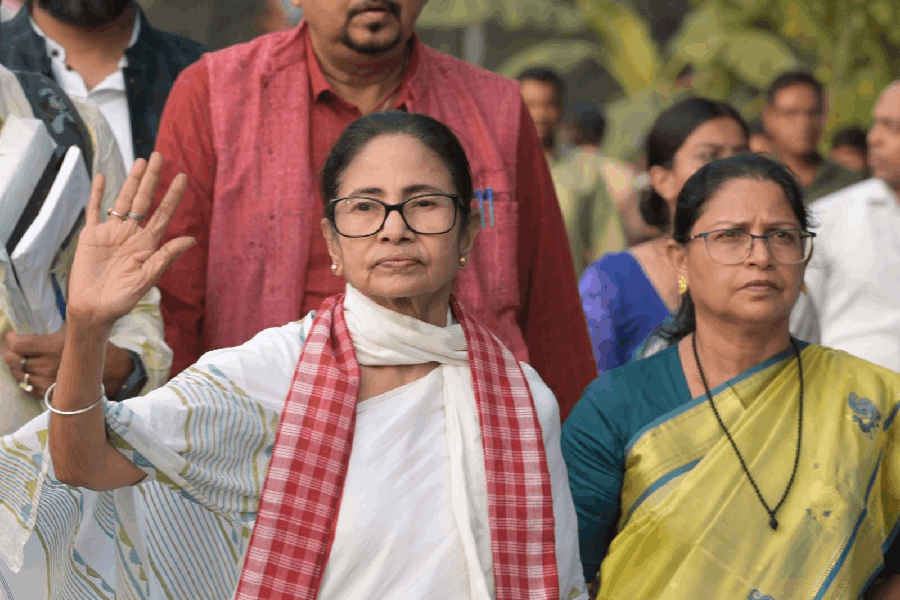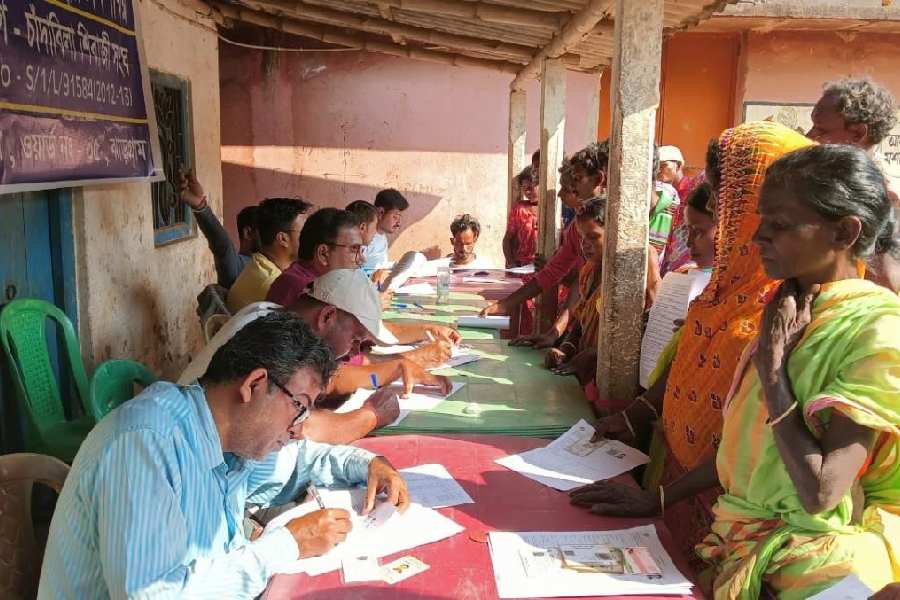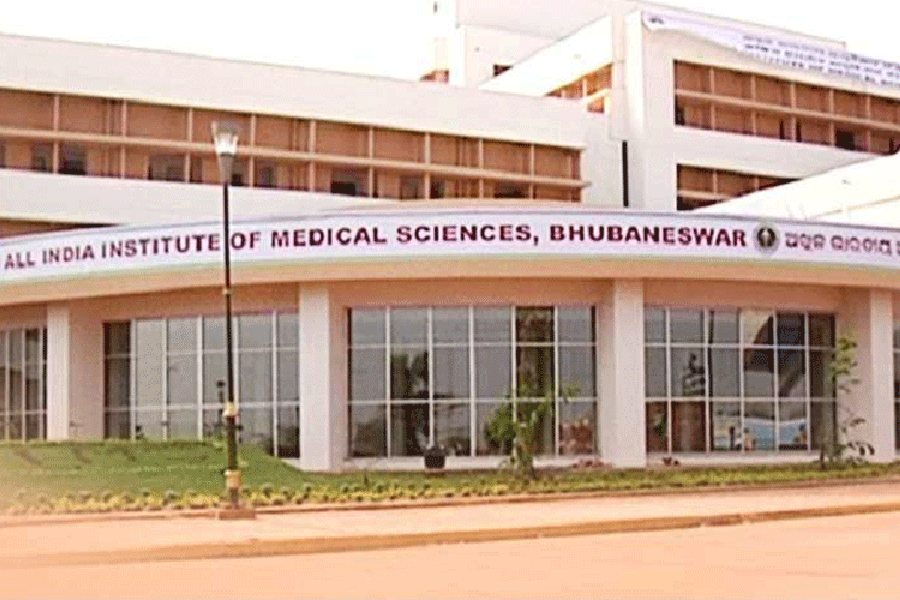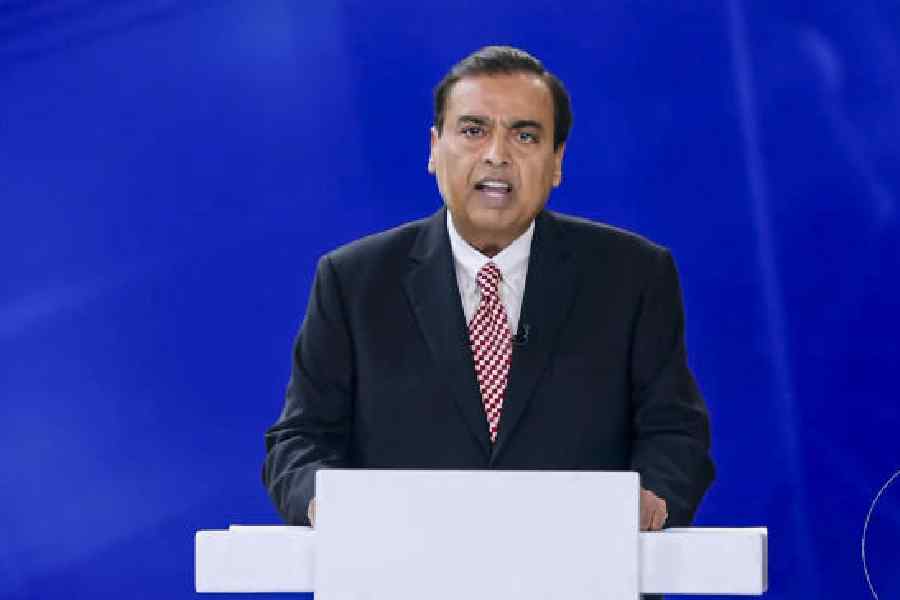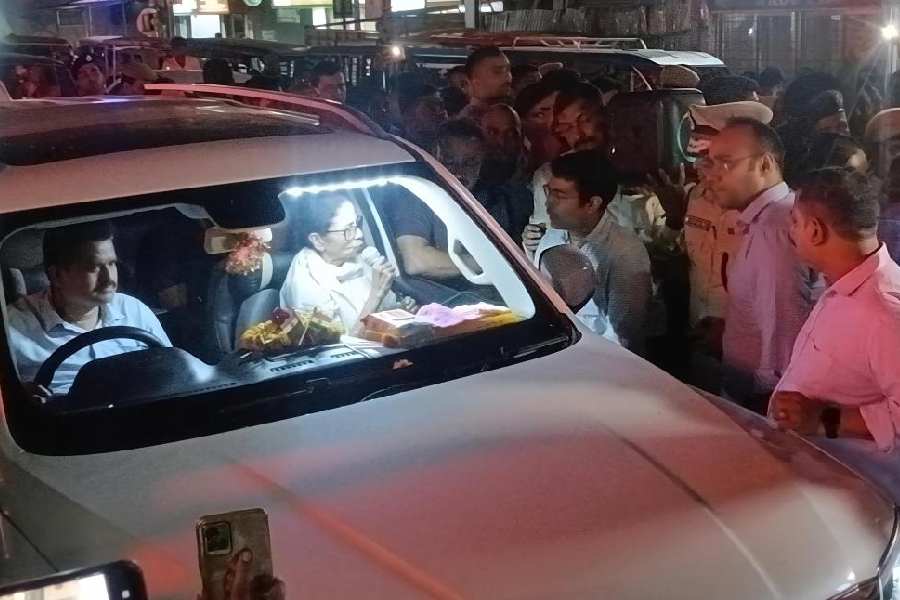 |
Name: St. Xavier’s Calcutta.
Named after: St. Francis Xavier.
Age: 150.
Born on: January 16, 1860 (after an unsuccessful attempt in 1834).
Residential address: 30 Park Street, Calcutta 700016, where once stood Calcutta’s grandest theatre of the time, the Sans Souci. The Bishop donated the premises to the Jesuits to start a seat of education after the theatre was damaged in a fire. Classes I to V were transferred across the street to the primary school building at 12A Wood Street in 1956.
Contact: School: 91 33 2290 6951.
College: 91 33 2287 5995.
Website: http://www.sxccal.edu/ (college)
Academic affiliation: Affiliated to the ICSE and ISC boards for Class X and Class XII board examinations.
Religious affiliation: Catholic.
Founding fathers:
 |
Belgian Jesuits: Fr Henry Depelchin (rector), Fr John de Vos (prefect of studies and of the college), Peter Van Der Straeten (sub-prefect), Fr Louis Deynoodt (minister and prefect of the classes).
English: Fr Henry Everard (professor of middle grammar), Fr Henry Shea (professor of lower grammar, section A).
Other teachers in 1860: Mr J. Cantopher (professor of lower grammar, section B).
Other prominent names in the first few years: Br Koppes, Fr Lafont and Fr Penaranda.
Present leaders:
Rector: Fr Ponodath.
School headmaster: Fr Francis Jerome.
College principal: Fr P.C. Mathew.
Fees
Per month (1860): Rs 8 for day scholars, Rs 20 for day boarders, Rs 30 for boarders.
Per month school fees (current): Rs 1,000 per month from classes Infant to X and Rs 1,100 for classes XI and XII.
Per month college fees (current): Basic Rs 575, additional depending on course of study.
Strength
1860: 83 pupils, 17 of them boarders.
Current (school): Over 2,200.
Current (college): 5,600.
Uniform:
High school: white shirt, white trousers, navy blue blazers or sweaters.
Primary school: white shirt and grey shorts, navy blue sweaters.
The school tie — white stripes on a navy blue base — is worn only on special occasions.
College: “...simple and unostentatious dress suitable for an academic environment.”
School houses:
Britto (red), named after St John de Brito.
Gonzaga (green), named after St Aloysius Gonzaga.
Loyola (blue), named after St Ignatius Loyola.
Berchmans (yellow), named after St John Berchmans.
School activities:
Cultural: The school celebrates Rabindra Jayanti, Christmas, Teacher’s Day and Children’s Day. The school does not host a fest.
Others: Leadership Training Service (LTS), Cubs and Scouts (Classes I to VIII).
College activities:
Annual cultural festival Xavotsav and Beyond Barrier’s organised by the Students’ Union and SXCCAA.
Carol evening on the eve of Christmas vacation by the college choir.
Vividha, an annual festival conducted by the Hindi literature society.
Annual Shishu Mela conducted under NSS by staff and students of the college for underprivileged children. The Fr Joris Memorial Nihil Ultra Debate.
A few famous alumni:
Rabindranath Tagore, Jagadish Chandra Bose, Raj Kapoor, Huseyn Shaheed Suhrawardy, Aditya Vikram Birla, Siddhartha Shankar Ray, Jyoti Basu, Norman Pritchard, Barun De, P. Lal, M. Hamid Ansari, Utpal Dutt, General Shankar Roy Chowdhury, Shashi Tharoor, L.N. Mittal, Vijay Mallya and Sourav Ganguly.
History:
The College of St. Francis Xavier was opened in 1834 at Moorghyhatta by Fr Chadwick, an English Jesuit. The institution was shifted to 3 Park Street in 1835. In 1840, Sans Souci Theatre was built on 10 Park Street for star Calcutta actress Esther Leach. It had a portico with beautiful Doric columns and a handsome flight of stairs leading to the hall.
In 1841, the college was shifted to 22 Chowringhee, where the Indian Museum now stands, to accommodate the increasing number of students.
The same year, Monsignor Carew landed in Calcutta to take charge of the affairs of the Catholic Church. In 1846, College of St. Francis Xavier closed down due to a feud between the Jesuits and Mgr Carew, and the Jesuits left the city.
In 1850, Sans Souci theatre caught fire and closed down. Mgr Carew bought the premises and transferred St. John’s College there from Entally. The endeavour, however, failed.
Mgr Carew died in 1855. Mgr Olliffe, the new bishop, travelled to England but failed to convince the English Jesuits to return to Calcutta. He then appealed to the Belgian Jesuits to look after the education of the Catholic community in the city.
On November 28, 1859, the Jesuits landed on the shores of the Charnock city and made 10 Park Street, the remains of Sans Souci theatre, their home.
It was advertised that the college would open on January 8, 1860, but opening was deferred by eight days. On January 16, 1860, the College of St. Francis Xavier was reborn as St. Xavier’s College on 10 Park Street. The leader and founder was Fr Depelchin.
The premises on 30 Park Street, the present address for St Xavier’s Senior School and College, is an amalgamation of 10 (where stood the remains of the Sans Souci theatre) and 11 Park Street.
The present imposing five-storey building was built over six years in the 1930s at a cost of Rs 9 lakh.
The money was collected partly from the public of Calcutta, assistance from Belgium and the huge rental received from the American army that occupied the building during the Second World War.
A few firsts:
Day in class: Fr Shea recollects events of the first class day in a write-up published in the college magazine, Xaverian, in 1926: “The pupils assembled in the big hall. The names of the professors and their pupils were called out after which we marched off to class with all the order and pomp of a well-regulated Belgian college. We entered and found... What? A set of benches to sit on; but desks for the pupils, chair or table for the master, blackboard, pen and ink and paper, all were conspicuous by their absence… I looked at the boys and they at me. Happily, I noticed Fr Deynoodt, who was walking in the large open hall below… I called him and saw him walk up to me with all the dignity of a canon. “Please send us some slates,” I said. He took a meditative air and “Yes, I have been thinking of that,” was his answer.
Cricket match: St. Xavier’s College (a team that would boast of Sourav Ganguly in its ranks some 125 years later) versus Doveton College on November 23, 1860.
 |
Christmas, 1860: The boys presented a large carpet to the chapel, a tradition that the school’s old boys’ association, Alumnorum Societas or ALSOC, started in 1932 by Rabindranath Tagore and revived in 1976, is carrying forward.
1862: Started as a pure arts college in 1860, soon science teaching was introduced. It was affiliated to Calcutta University.
1867: The BA course was started.
1869: The college band was inaugurated.
1875: The famous observatory of St. Xavier’s College was built.
1877: The college departmental library was started with a collection of 150 books.
1885: The college celebrated its silver jubilee.
1906: Fr Edward O’ Neill started the Xaverian magazine, an annual record of all activities of the college.
1910: St. Xavier’s College celebrated its golden jubilee.
1912: Many Xaverians enrolled in the English and French armies for the First World War. Those who did not go to the front as soldiers went either as doctors or played major roles behind the scene. Crowds up to 4,000 were reported for Noor Jahan, the first Bengali production by the college, staged to raise money for the Belgium Relief Fund during the First World War.
1917: The Hindu Hostel opened on Lower Circular Road with 60 seats.
1930s: The old historic portico with its Doric columns was replaced by a modern four-storey building.
1946: The commerce department was opened.
1949: The National Cadet Corps was instituted in the college.
1952: The cultural society of the college was inaugurated in April. Fr Joris took up the administration of the commerce department as its prefect.
1959: It was decided by higher Jesuit authorities that there would be separate administrative heads for the school (headmaster) and college (principal). The first principal of the college was Fr A. Verstraeten and the first headmaster was Fr T.L. Picachy, who was also the rector.
The BT department was reopened with a larger yearly intake of 100 students.
1960: St. Xavier’s celebrated its centenary jubilee.
1977: Higher Secondary courses were offered.
1978-79: The college became co-educational in the BA, BSc and BEd courses.
1985: The College celebrated it’s 125th year. The then President of India, Giani Zail Singh, presided over the functions.
The St. Xavier’s College (Calcutta) Alumni Association (SXCCAA) was founded.
2003: The college was recognised as an A-grade institution by NAAC. A course in journalism was started.
2006: On March 6, the college was declared autonomous by the UGC and Calcutta University. On May 2006, the college was declared a Centre with Potential for Excellence by the UGC.

